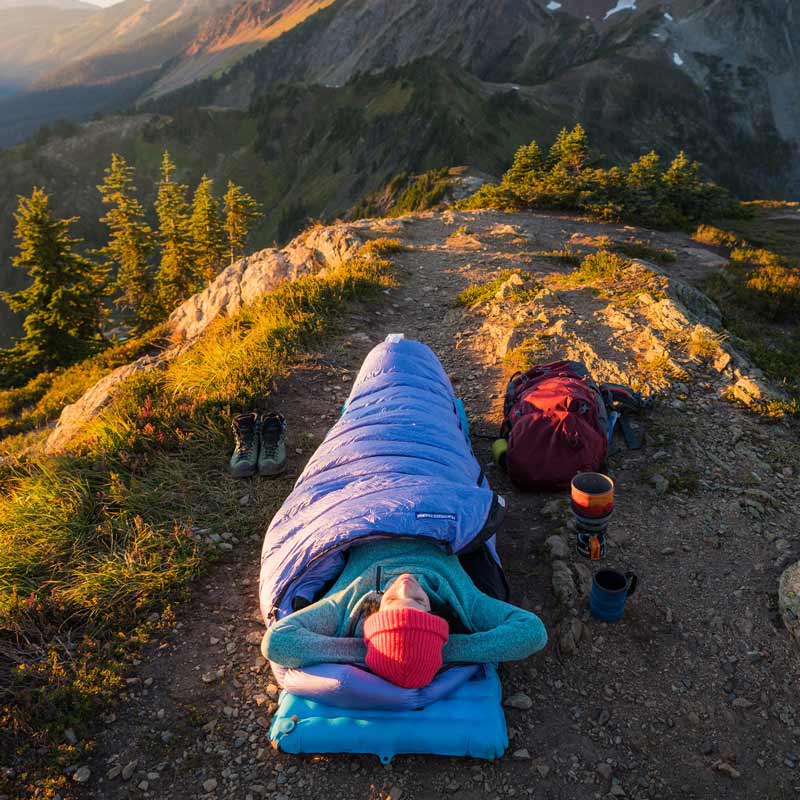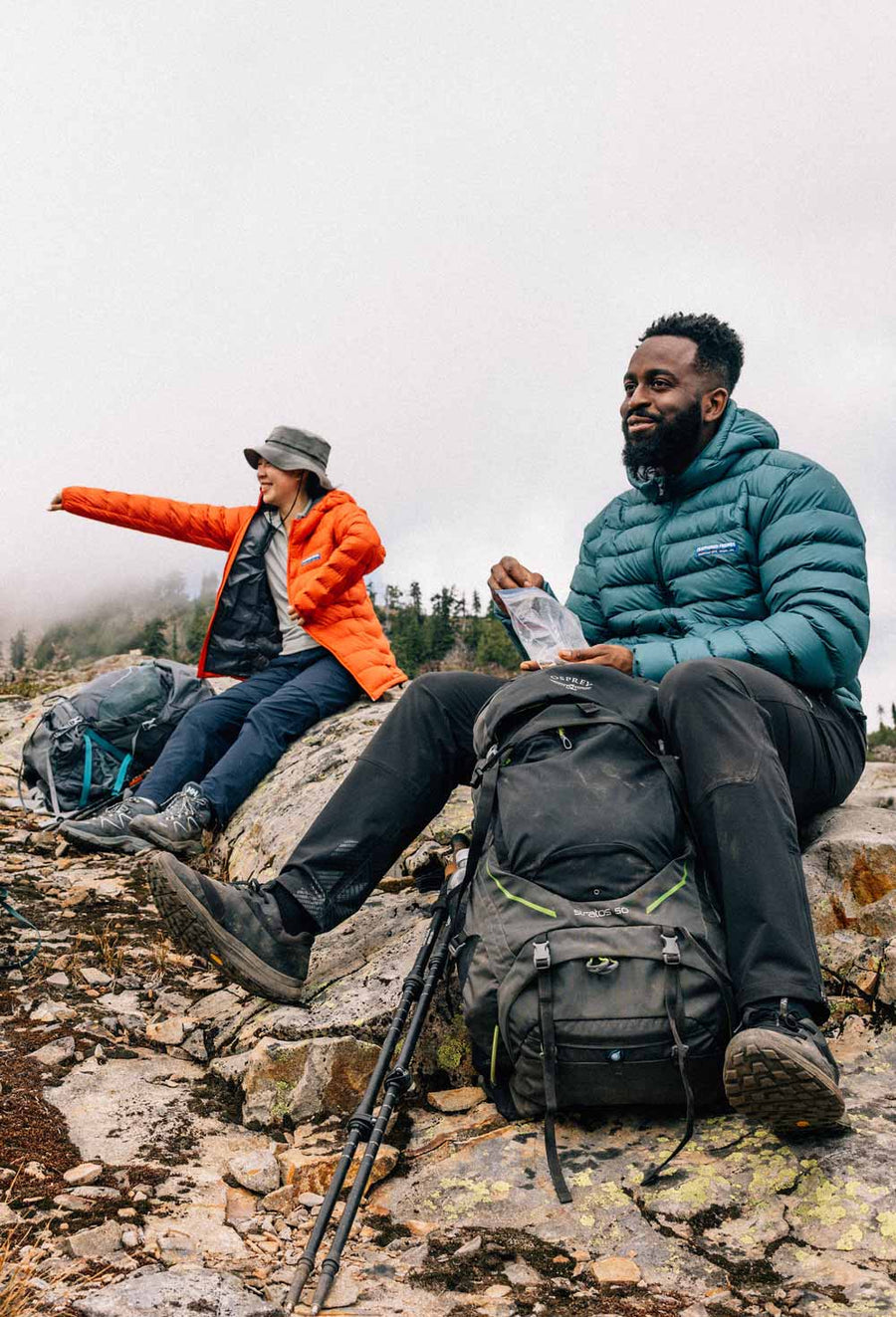Rock to Ice: Pro Tips to Smooth your Transition to the Frozen Vertical
IFMGA Certified Guide Jediah Porter shares some of his pro tips on making the shift from rock climbing to ice climbing.

Ice climbing is oh so strange. It’s all the fun and challenge of rock climbing, plus… Plus cold, plus hazards you likely haven’t even thought of, plus an ephemeral surface, plus special equipment… On one level, it seems similar to rock climbing. It is often a natural progression to get competent on rock and then try transitioning to ice climbing. This transition isn’t real clear to rock climbers.
Here are my tips for smoothing that transition.
Acquire really good technique.
- Before leading, practice until it’s boring on top rope. And then do that amount of mileage again. Then, double what you’ve done and you might be ready to lead. Falling while leading on ice is dangerous, to put it mildly. Do what it takes to prevent that fall before even getting “on the sharp end”.
- Whether leading or top-roping, it’s all in the hips. Hips-to-ice to swing, butt-back to kick. Exaggerate this ’til it feels weird, then go a little further. That’s just right!
- And then the feet… Engage 3-4 points on every foot placement. Front point(s) and secondary points, every time. Do with the rest of your foot that which is required to engage all those points. Finally, there is no need to stand on staggered feet. Get ‘em level with one another before moving tools.
- Get good hip and feet position and modern ice equipment does the rest for you. (almost… this is an exaggeration, but based on sound reasoning.)
- Professional oversight can give you feedback and drills you’ll never think of. The best ice climbers can get better with good coaching. Perhaps more so than in other mountain endeavors, ice climbing is difficult to teach yourself.
Acquire really good clothing.
- Close-fitting is key. Keep your pants out of your crampons and your jacket away from the kit on your harness.
- Water-ready is crucial. Not necessarily waterproof, but ready for a dousing, regardless of the temperatures you expect. This alone, the layering skill and technique for wet and cold conditions inherent in ice climbing, is a serious adjustment. You can fake it once, fake it twice, but eventually sloppy layering will catch up with you. Don’t be sloppy.
- Finally, of course, top it off with a Feathered Friends jacket for belaying in. I like the Helios, at a minimum. But I get cold enough that I often lug along the FrontPoint Jacket. Ain’t nothing like a “walking sleeping bag” to climb into when you’re scared, wet, cold, and alone at the top of a frightening pitch.
Acquire really good judgement.
- PhD degrees in avalanche studies, physics, physiology, body mechanics, and risk-management theory wouldn’t be wrong.
- Mainly, as compared to rock climbing, the major concern is that things fall off of and onto ice climbs all the time. If a rock climb shed ice and snow like every minute of ice climbing does, we would run for our lives. For ice climbing, we head straight into the fray. Your timing, protective gear, and belay positioning need to adapt and become more sophisticated for ice climbing than they are in rock climbing.
- To tie it back to the beginning, your judgement on what moves you can and cannot make is your primary line of defense. To take even a short fall while leading on ice is to risk breaking an ankle or worse. Falling is dramatic, but we do it on rock regularly. Falling on ice, with all the sharp points, is verboten. It rarely ends well. Acquiring the judgement about what moves you can and cannot make takes miles and miles of experience. Get that experience in a safe (meaning, top-rope) environment.
To learn more about ice climbing and Jed’s adventures, check out His website: Athletic.Authentic.Wild. and his Instagram: @jediahporter
The post Rock to Ice: Pro Tips to Smooth your Transition to the Frozen Vertical appeared first on Expedition Tales.










Leave a comment